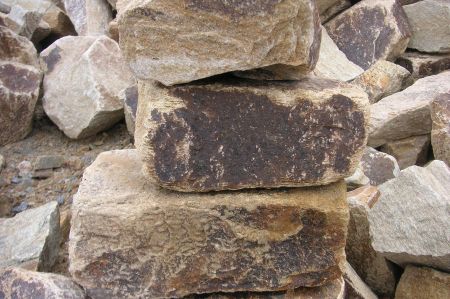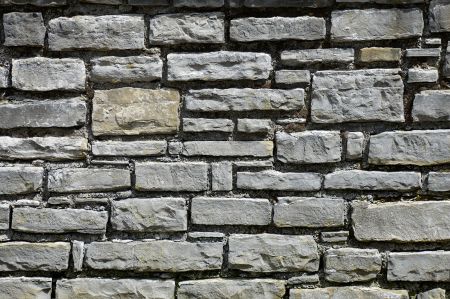Schweinfurt - Looking for limestone for tower Höpperle!
- Written by Portal Editor
In July we reported on the plans to rebuild one of the towers of the old city wall in Schweinfurt. Now, not only are there signs that the project will be approved by the building authorities, but that the city of Schweinfurt itself will also be taking over the project as a property developer.
These were the prerequisites for the implementation of the "Stadtmauerturm am Höpperle" project, for which a large amount of donations from the local population has already been promised and whose implementation has been assured by a large number of craft businesses from different trades.
Maybe with your help and support?

In the Schweinfurt region there are some old houses made of limestone masonry. Should someone decide to demolish such masonry, according to the main organizer of the project, Peter Hofmann, it would be a solution if the material from the demolition could be reused for the tower construction.

So we turn to you, dear readers of the Alaturka Journal: Do you know of a deposit / demolition of a limestone masonry that could be used to rebuild the tower at Höpperle in Schweinfurt?
If you can provide information about this, we would be happy if we could mediate. Please contact us via This email address is being protected from spambots. You need JavaScript enabled to view it..
Thanks very much
What is limestone anyway?
In the broadest sense, absolutely.
Limestone is an extremely variable rock; this concerns both its origin and its properties, appearance and economic usability. There is therefore a separate discipline within geology, carbonate sedimentology, which deals exclusively with the formation and properties of the various types of limestone. Limestones can belong to several types within the sedimentary rocks. However, most of the limestone is of biogenic origin, which means it was formed and deposited by living beings. However, limestone can also be precipitated from the water (as is often visible in households) by chemical processes (which in turn can be influenced by living beings). Furthermore, a rock consisting of calcium carbonate (limestone or marble) can be removed, transported and deposited elsewhere as clastic sediment.
Large limestone deposits are found in Central Europe in the central and southern part of Germany, there mainly limestone from the shell limestone and the upper Jura. Limestones are also very common as Ice Age boulders in northern Germany. The limestone boulders mostly come from southern and central Sweden and from the central and northern Baltic Sea basin.
Limestone has been quarried since at least Roman times. One of the oldest limestone quarries in Germany is the historic Rüdersdorf limestone quarry in Brandenburg, which dates back to the work of the Cistercians in the 13th century. Limestone is of enormous economic importance as a raw material for the construction industry and as a natural stone.
Because of the comparatively good solubility of the carbonate, limestone is a rock that is relatively susceptible to chemical weathering and therefore forms special forms of solution. Conversely, however, the dissolved carbonate can be precipitated again and also produce special rocks and forms (tufa, sinter, travertine). Both are summarized under the term karst formation or karst.
Porous limestones, especially fossil limestones, are one of the most important reservoir rocks for oil and gas. The richest oil deposits on earth on the Arabian Peninsula are in reef limestones that were formed in the Jurassic and Cretaceous periods. Therefore, limestone serves as an indicator when prospecting for deposits.
Please read as well:
125 years ago - Deutsche Bank got concession for Anatolian Railway
